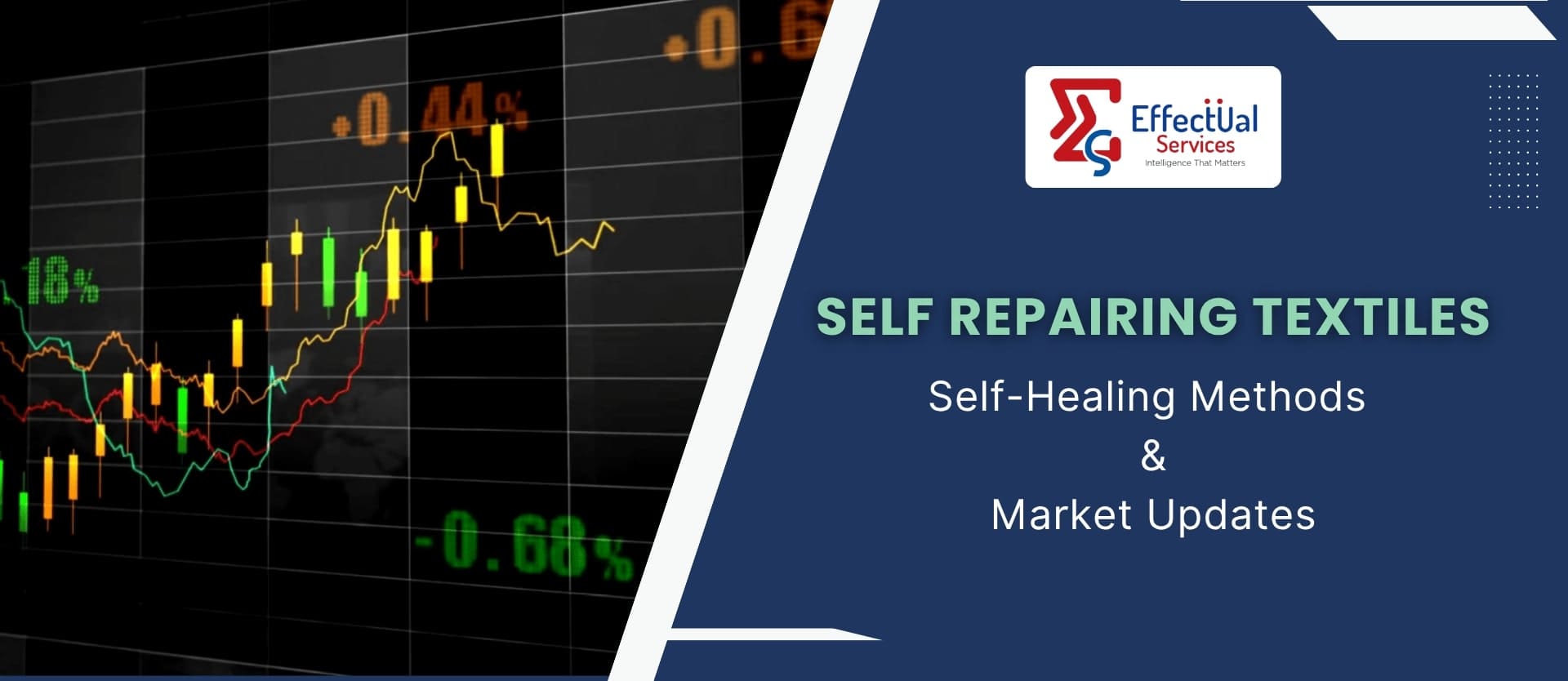Self-Repairing textiles – Self healing method and Market updates

Recent Development
In June 2024, a researcher at Swinburne University of Technology in Australia, created a new type of carbon fiber reinforced polymer composites that enable future submarines to self-identify microcracks and self-heal. This innovative material is designed to mimic the behavior of living organisms, with the ability to sense, respond, and adapt to stresses and defects in real-time.
In December 2022, researchers at RIKEN developed a self-healing polymer made from a readily available compound, isoprene, which is the building block for synthetic rubber. This breakthrough could significantly improve the durability and sustainability of various commercial polymers used in a wide range of applications, such as food packaging, clothing, automobiles, and medical devices.
Market Updates
- The global self-healing polymers market size was estimated at USD 1.57 billion in 2023 and is expected to grow at a CAGR of 26.18% from 2024 to 2030. Advancements in material science are enabling the development of more efficient self-healing polymers that can autonomously repair damage, making them ideal for applications in industries like automotive and aerospace where material longevity is crucial.
- The market is experiencing a significant trend towards sustainability, driven by the rising environmental concerns and the push for eco-friendly materials
- The medical segment dominated the market with the largest revenue share of 34.78% in 2023, driven by the growing emphasis on advanced materials for medical devices and implants. These polymers are highly sought after for their ability to repair micro-damages autonomously, enhancing the longevity and reliability of medical devices such as catheters, stents, and artificial tissues.
Solutions Driving Innovation & Intelligence
Enabling Fortune 500's, R&D Giants, Law firms, Universities, Research institutes & SME's Around The Globe Gather Intelligence That
Protects and Nurtures Innovation Through a Team of 250+ Techno Legal Professionals.


